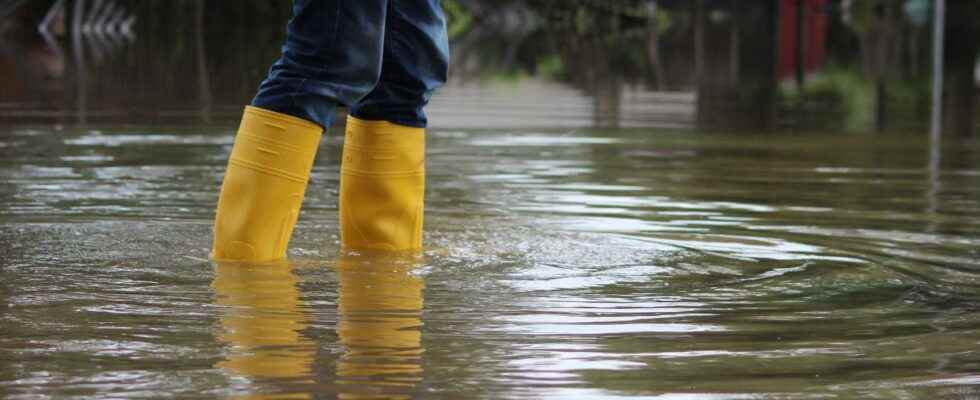There can be several causes of flooding, which are different depending on whether it is land flooding or marine flooding.
You will also be interested
A flood corresponds to the submersion point in a usually dry area, by fresh or salt water. This flood can be a regular or catastrophic phenomenon and can happen slowly or very quickly.
There are two types offloods, depending on whether they involve freshwater or marine waters. The former, which could be described as “terrestrial”, can occur in the interior of the land, while the floods navies relate to the coastline.
Causes of land flooding
- The direct overflow of a watercourse into its major bed, following episodes of strong precipitation or at the melting winter snows (these are floods).
- The indirect overflow of a water reserve (surface or underground) following the rise of groundwater or water through the pipelines.
- The accumulation of runoff following heavy precipitation. It may be that the capacities of drainage and infiltration of an area are insufficient to evacuate the water received, which then accumulates. This phenomenon is increased when there has been waterproofing of the soil (urbanization) without the creation of a sufficient drainage network.
- The rupture of a work of civil engineering, as a barrage or a dike. A design flaw, a lack of maintenance or simply a volume Too much water can create a breach and then rupture of a protective structure. The consequences are generally catastrophic because the flow of water is sudden and very powerful.
Causes of marine flooding
- The tide exceptional spring tide: at theequinox, when astronomical conditions are favorable, the tidal coefficient can approach the maximum value of 120. It is then that the most important tides occur which, sometimes, inundate the lands of the littoral.
- The phenomena of premium, which cause the high tide level to rise further. Swell waves, waves, atmospheric depressions and more rarely storms and tsunamis create a local rise in the water level on the coast. These phenomena then make possible the penetration of marine waters inland.
- The failure of a civil engineering work on the coast is once again possible.
- L’sea level rise following the global warming. This long-term rise in water levels threatens areas that are not currently prone to flooding and weakens those that are.
All of these mechanisms can of course be combined and create the conditions for a very large-scale flood with devastating consequences.
Floods in risk areas
When these different phenomena can occur in areas of human activity, we speak of areas at risk. The human and economic toll of a flood therefore depends both on mostly natural phenomena and on human settlement in high-risk areas (old marshes, coastlines, major stream beds, etc.).
The implementation of information measures, prevention, alert and defense reduces the risk factor but do not delete it.
Interested in what you just read?
.
fs12
